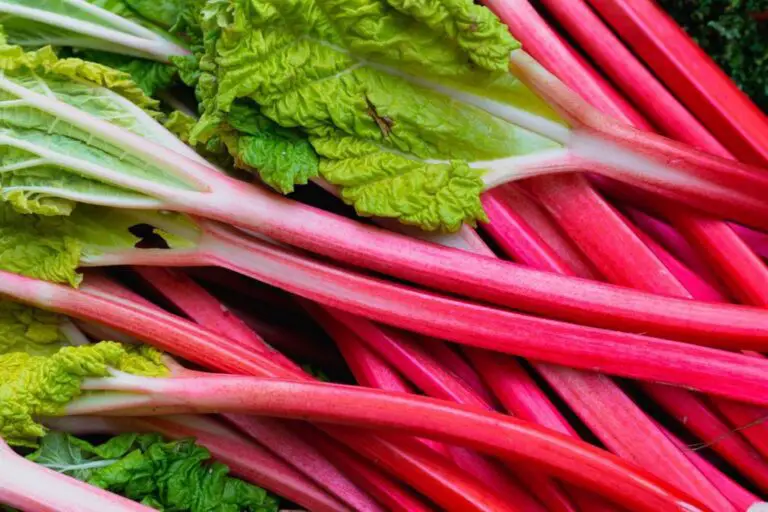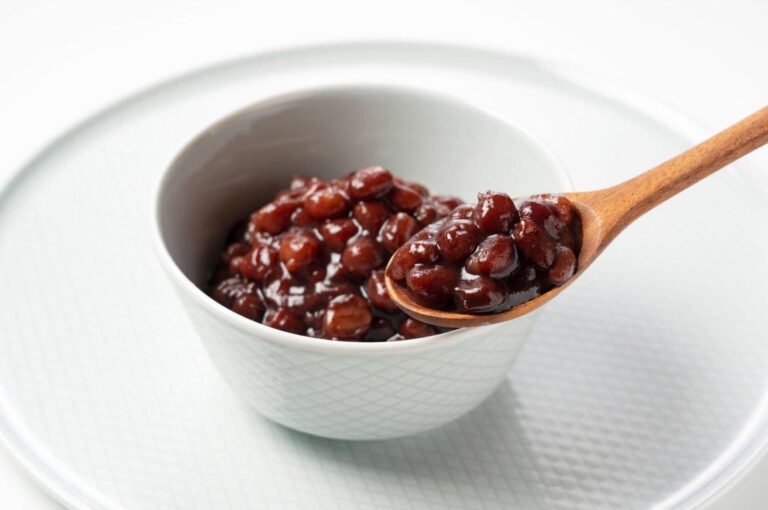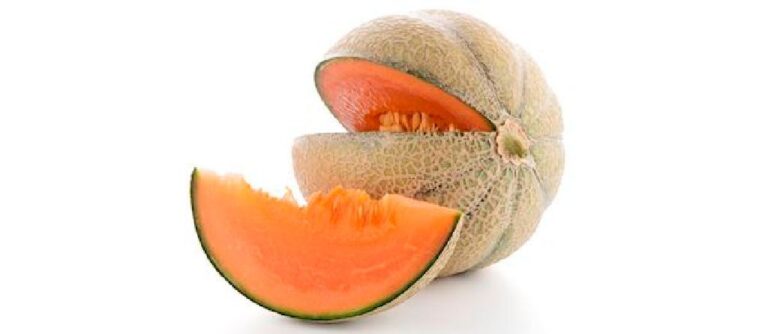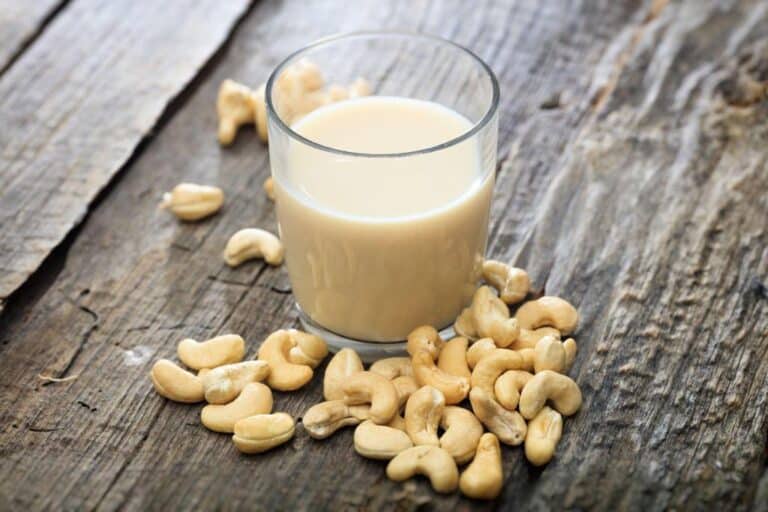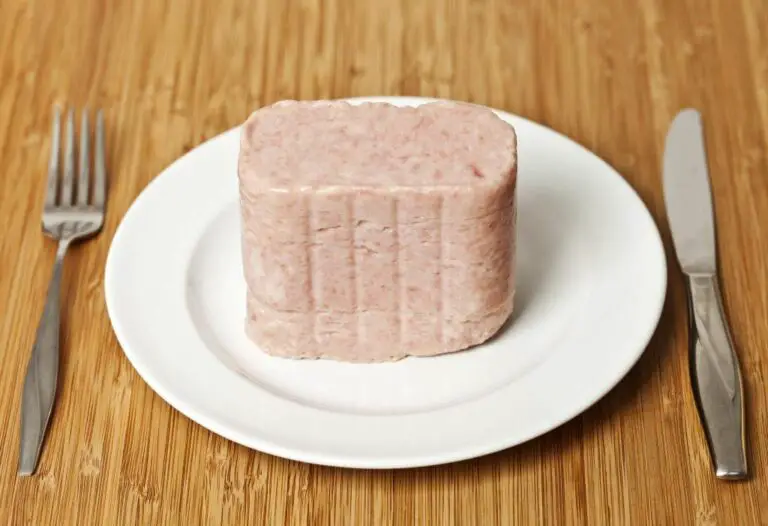Does Soaking Beans Remove Lectins? How To Reduce Lectins in Beans?
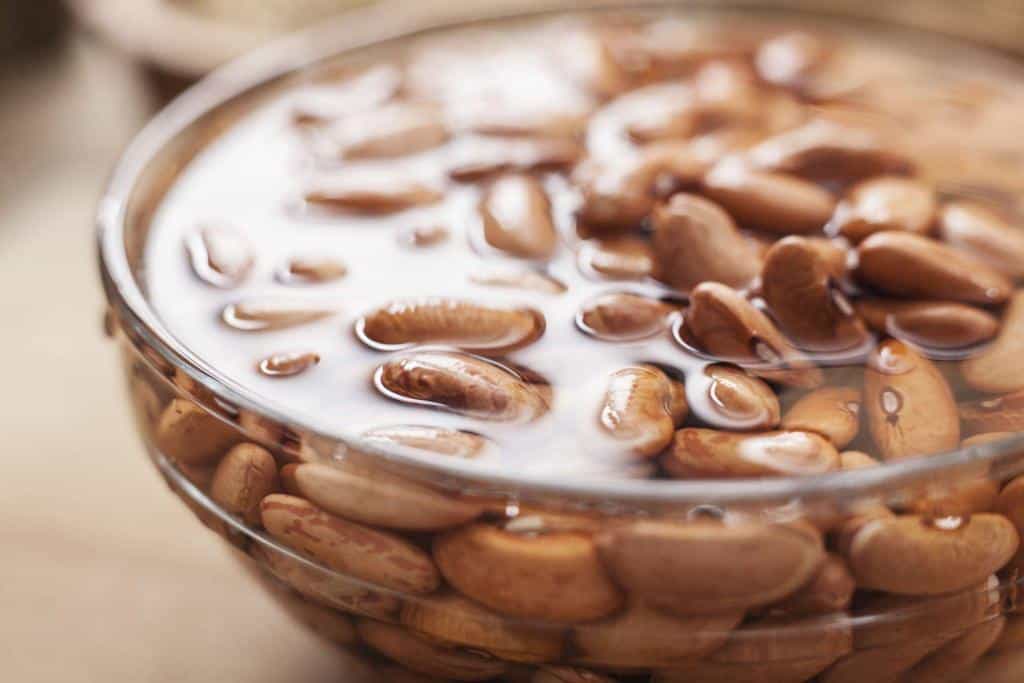
The average American diet contains a lot of lectins. Plant proteins called lectins are known to cause digestive problems in some individuals.
Beans are a common source of lectins, which is why some people soak them before cooking. But does soaking beans actually remove lectins?
Yes, soaking beans in water overnight may reduce their lentin content. This will help break down the lectins and make them easier to digest. Soaking alone will not fully remove the lectin. Together with other methods of cooking, this will maximize the reduction of lectins from the bean.
In this article, we will look for other methods than soaking that are actually proven to remove lectins. Furthermore, we will check what types of beans have a high lectin concentration so that you can avoid them entirely.
What Are Lectins?
We all know that a healthy diet is important for our overall well-being, but we may not be aware of the role that specific nutrients play in keeping us healthy. Lectins are an important nutrient group needed by our body.
Lectins are a type of protein found in all plants, and they have many health benefits. For example, lectins can help regulate blood sugar levels, and they also have anti-inflammatory and anti-cancer properties.
But for some people, lectins are known to cause digestive issues. So, if you’re sensitive to lectins, you may be looking for ways to reduce your food’s lectin content.
Are There Lectins in Canned Beans?
One of the most significant benefits of canned beans is that they are already cooked and packed in liquid. This makes canned beans low in lectins. This means that they are easier to digest and won’t cause as many digestive problems.
Additionally, canned beans are a great source of protein and fiber, and they can be used in a variety of recipes.
Does Soaking Beans Remove Lectins?
Soaking beans is a common practice among many home cooks. While there are several benefits to soaking beans, such as hastening the cooking process and making them more digestible, some people believe that soaking beans also removes lectins.
Yes indeed! Soaking beans can help remove some of the lectins that are present in the beans. Soaking beans reduces the amount of lectins in the beans, making them easier to digest.
| There is some evidence to support this claim. One study found that soaking white kidney beans for 12 hours reduced the lectin content by 50%. Another study found that soaking black soybeans for 24 hours reduced the lectin content by 80%. |
However, it is important to note that these studies used different methods, so it is not clear if one method is better than another.
How To Reduce Lectins From Beans And Legumes?
There are a few ways to reduce the lectin content in beans.
- The most common way is to cook them properly. You can cook the beans using a pressure cooker or high-heat methods like boiling or stewing. The heat will break down and reduce lectin content significantly.
- Another method is to sprout your grains and beans before cooking them. Sprouting helps to reduce the lectin content of these foods.
- Finally, you may purchase canned beans that have already been cooked and have undergone lectin-reduction treatments. Make sure there is a label of “lectin-free” on the packages.
Are Lectins Good or Bad for You?
Lectins are a type of protein found in all plants, where they act as a natural defense against predators. Some animals, like cows and pigs, have evolved to tolerate lectins, but humans have not.
When we eat foods containing lectins, they can bind to our cells and cause inflammation. This can lead to digestive problems, joint pain, and other chronic health issues.
So are lectins bad for us? It depends. If you have a sensitivity to them, then you should avoid foods that contain high levels of lectins. But if you don’t have any issues with them, then you can probably eat most foods without any problems.
Just be sure to cook your food properly, as this will help to reduce the lectin content.
Which Beans Have Highest to Lowest Lectins’ Content?
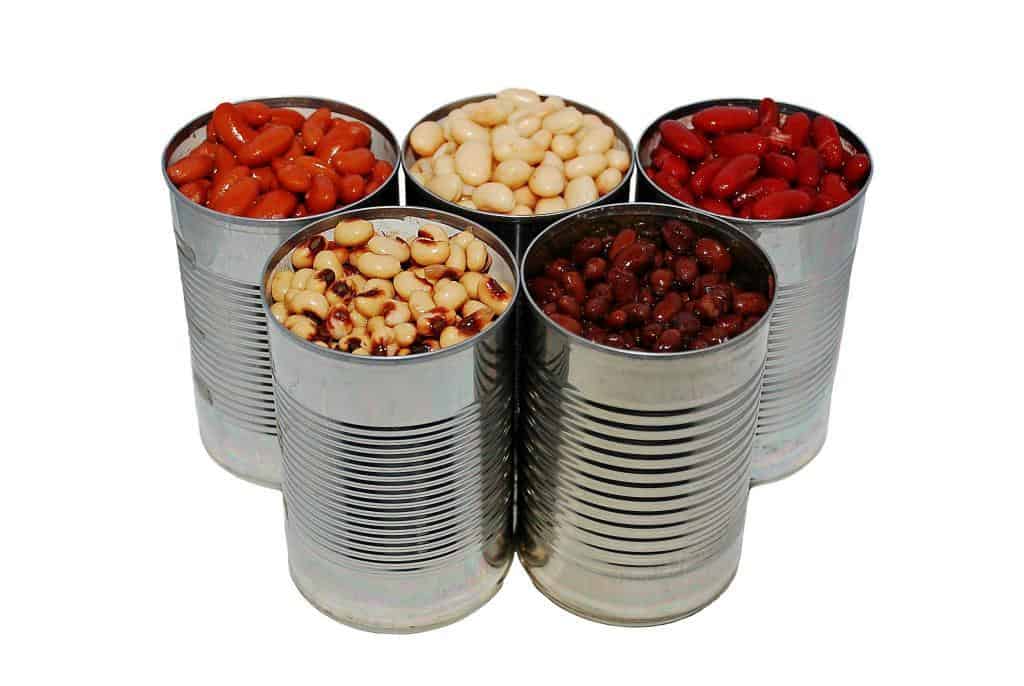
There are many different varieties of beans, and some have more lectins than others.
Based on the amount of lectin they contain, HealWithFood.org analyzed the data and created a chart that categorizes common beans into separate categories.
You can then get a basic estimate of how much lectin is present in various beans. The three categories for each bean or legume in the chart are “high,” “high/moderate,” or “moderate/low” lectin content based on how researchers classified the lectin level of each type.
| Very High | High/Moderate | Moderate/Low |
| Red kidney beans (Phaseolus vulgaris) Black beans (Phaseolus vulgaris L) | White kidney beans (Phaseolus vulgaris) Soybeans (Glycine max) | Rice bean (Phaseolus calcaratus) Cowpea (Vigna sinensis) Broad beans (Vicia faba) Lupin seeds (Lupinus angustifolius) Great Northern beans (Phaseolus vulgaris) Pinto III cultivar (Phaseolus vulgaris) |
Lectin-Free Diet, Alternatives To Canned Beans
Steven Gundry is a cardiologist who wrote a best-selling book called “The Plant Paradox.” In it, he argues that many of our health problems are caused by lectins. Lectins are proteins found in plants, most of lectins are found in grains, legumes, and nightshade vegetables.
The lectin-free diet is basically a Paleo diet. You eat meat, vegetables, fruits, and nuts. You avoid grains, legumes, dairy, and sugar. Gundry says that lectins are responsible for inflammation, weight gain, and diseases like type 2 diabetes and heart disease.
So far there’s no scientific evidence to support Gundry’s claims about lectins. But some people swear by the lectin-free diet. They say it helped them lose weight, feel more energetic, and reduce their risk of disease.
Should You Avoid Eating Lectins at All?
Most likely not. Most health professionals agree that there isn’t much research on lectins and the bad effects of eating what are called “active lectins,” which are found in raw beans.
We rarely eat foods that are high in lectins uncooked, so we don’t actually eat a lot of active lectins. Lectins in foods can be turned off by soaking, sprouting, or cooking them at high temperatures (boiling, stewing, etc.).
One of the main reasons we boil (and sometimes soak) beans is that they have active lectins that can make your stomach upset if you eat them raw. The third method of deactivating lectins is fermentation.
Plus, for most people, the benefits of eating foods high in lectins, like whole grains and beans, are much greater than the risks. Legumes have fiber, protein, magnesium, and zinc and may protect against diabetes, high blood pressure, heart disease, and inflammation.
Consuming whole grains helps you live longer and reduces your risk of developing a variety of chronic diseases.

